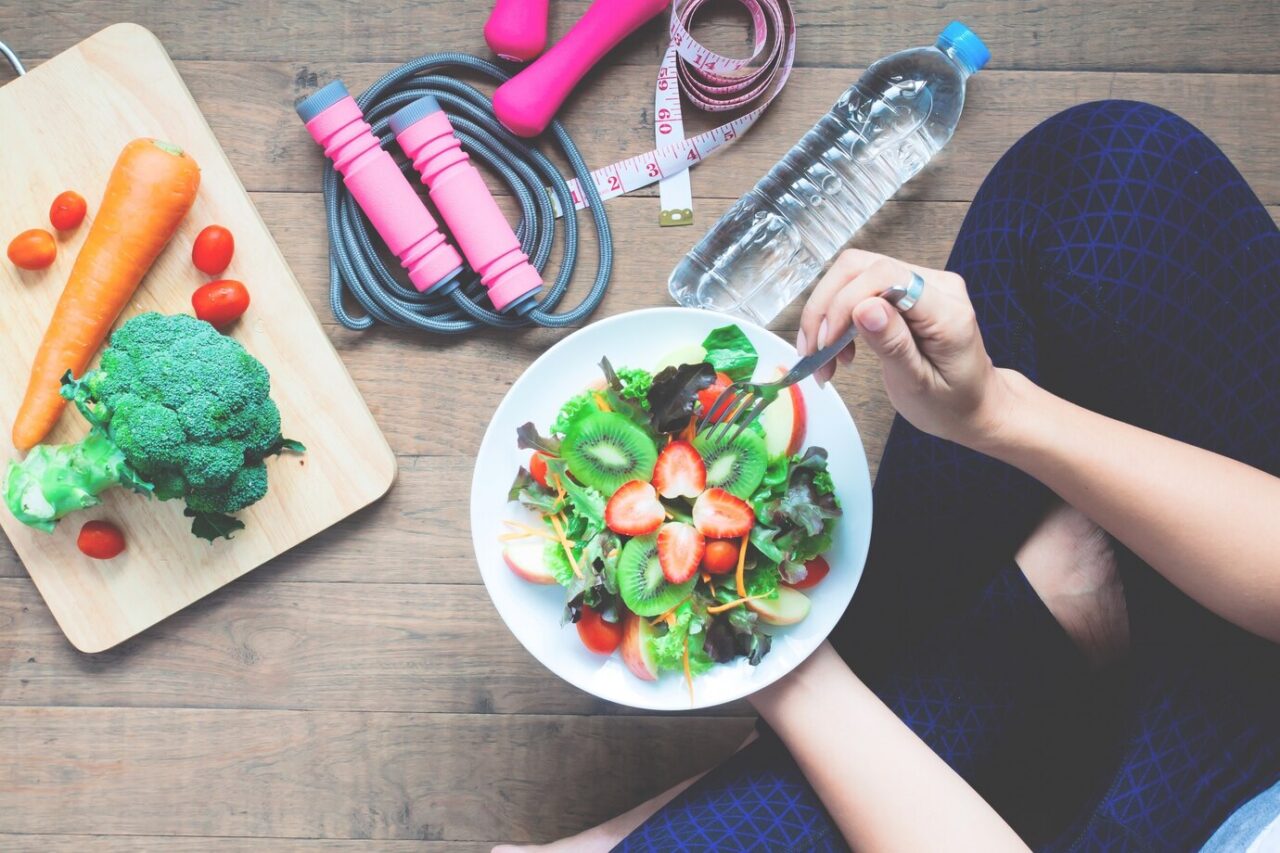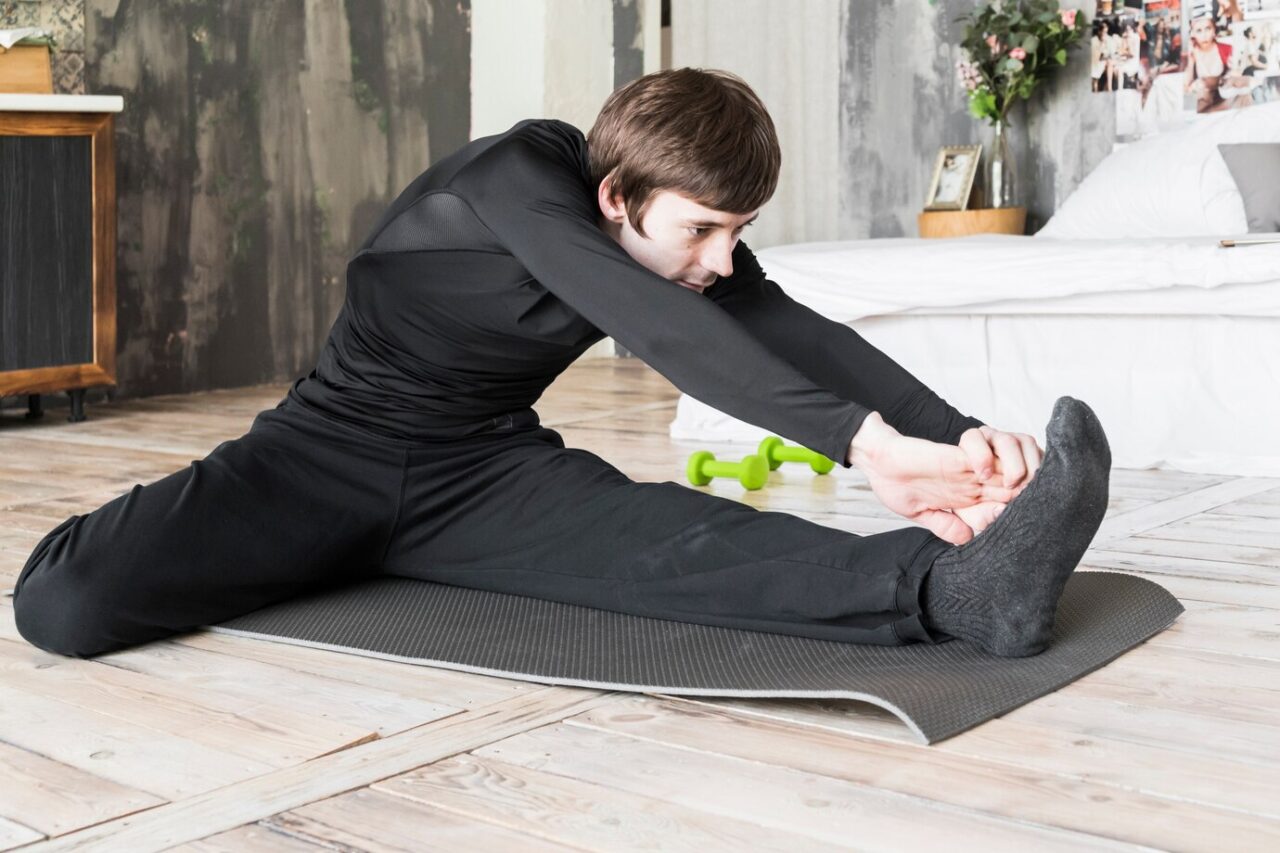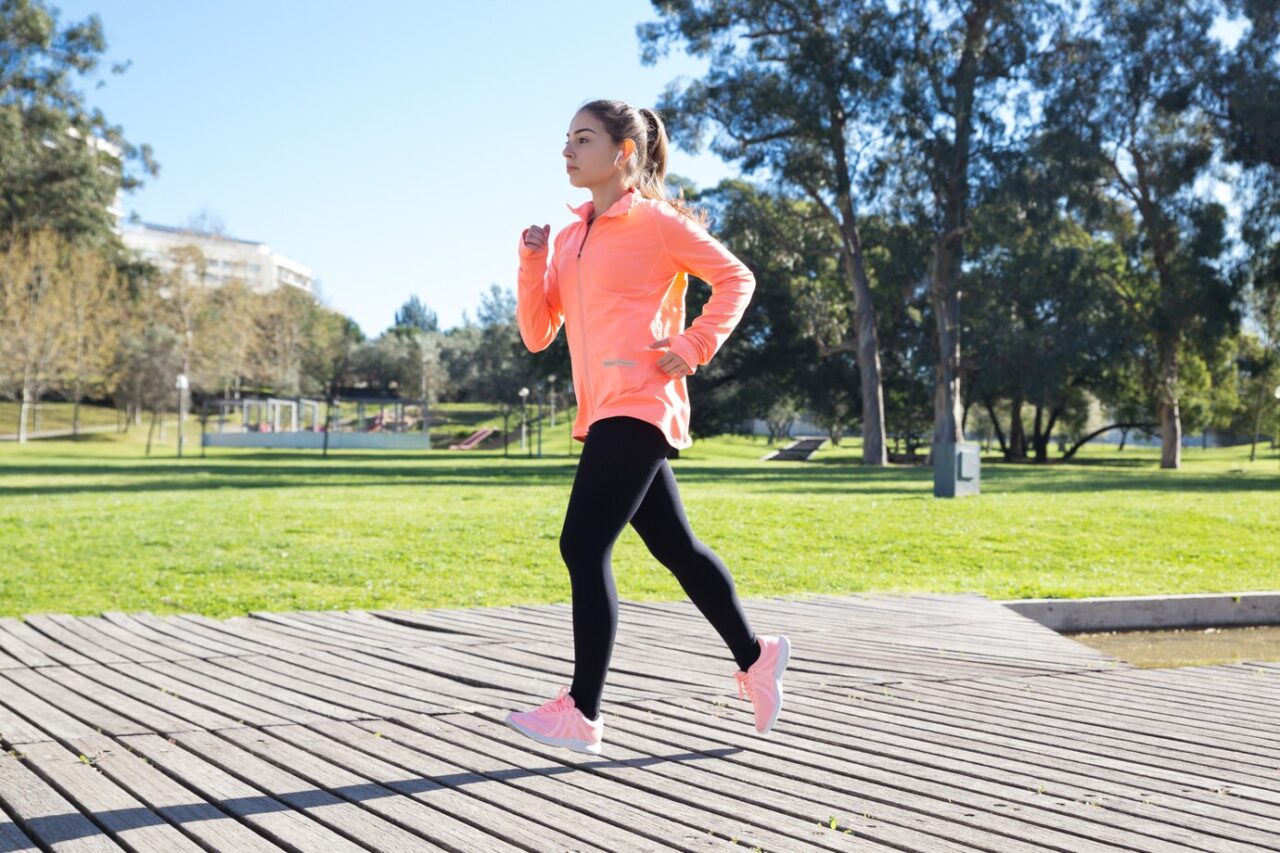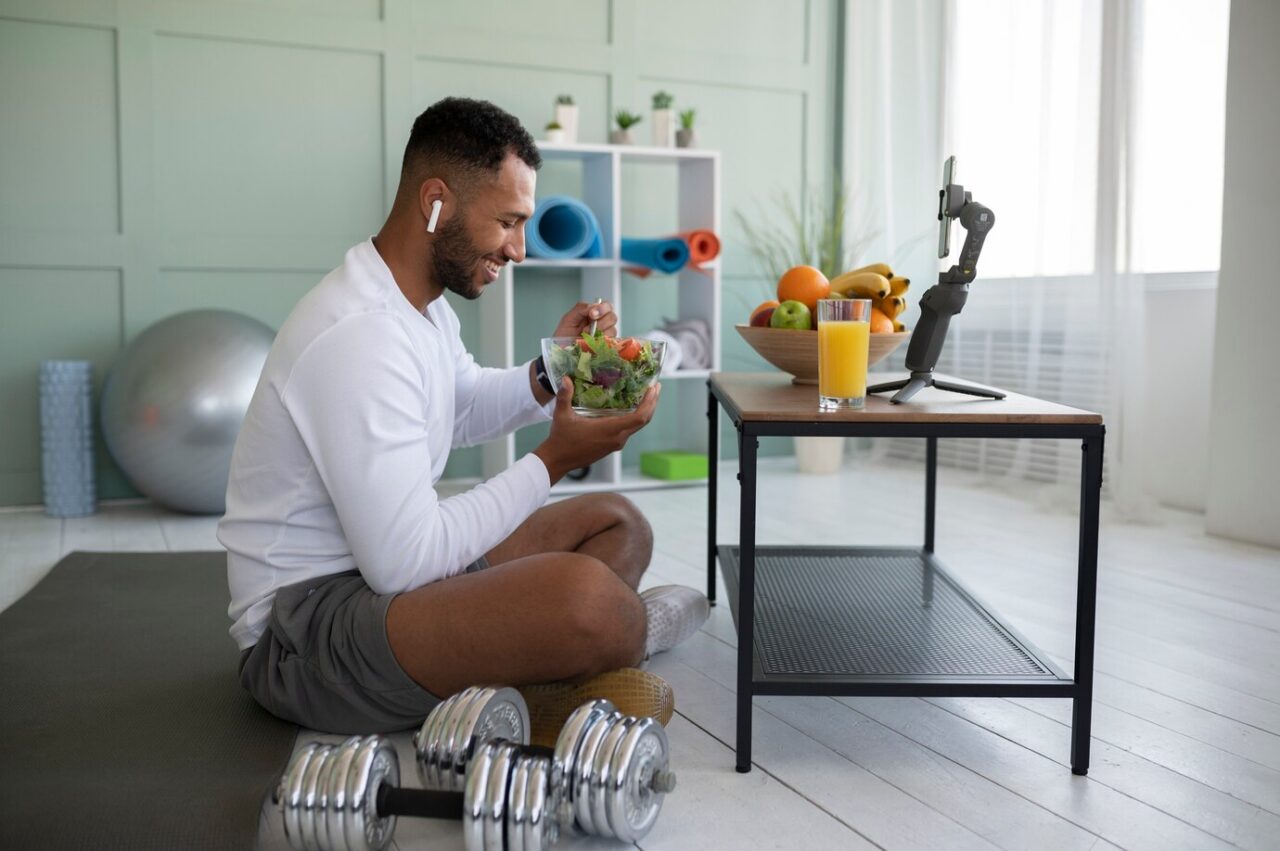Eating the right foods can make a big difference in how you feel and perform during your workouts. Your body needs fuel to work hard, recover well, and stay healthy. Without proper nutrition, you might feel tired, weak, or even get injured more easily.
The good news is that you don’t need to be a nutrition expert to eat well. By choosing simple, whole foods and timing your meals correctly, you can give your body what it needs to succeed. It’s all about finding a balance that supports your fitness goals and your overall health.
In this article, we’ll explore how proper nutrition can enhance your workout performance. We’ll cover what to eat before and after exercise, and share some healthy snack ideas to keep your energy levels up. Whether you’re a beginner or a seasoned athlete, these tips can help you get the most out of your workouts and feel your best.
The Importance of Proper Nutrition for Workouts
Proper nutrition is essential for getting the most out of your workouts. When you fuel your body with the right foods, you can boost your energy levels, enhance your performance, and speed up recovery. Without the right nutrients, you might feel sluggish, lack the strength you need, and risk getting injured.
Carbohydrates are your body’s primary source of energy. Eating enough carbs helps you sustain longer and more intense workouts. Whole grains, fruits, and vegetables are excellent sources of healthy carbohydrates. These foods provide a steady release of energy, unlike sugary snacks that can lead to crashes.
Proteins are crucial for muscle repair and growth. During exercise, your muscles break down. Consuming protein helps rebuild them, making you stronger over time. Lean meats, eggs, dairy products, beans, and nuts are great sources of protein. Including these in your diet can help you recover faster and build muscle.
Fats also play a role in a healthy diet. Healthy fats, like those found in avocados, nuts, and olive oil, provide a long-lasting source of energy. They also help your body absorb essential vitamins. Balancing carbohydrates, proteins, and fats ensures you have the energy and nutrients needed for optimal performance.
Pre-Workout Nutrition: What to Eat and When
What you eat before a workout can significantly impact your performance. Eating the right foods at the right times helps ensure you have enough energy for exercise. Ideally, you should focus on a mix of carbohydrates and protein.
About two to three hours before your workout, consume a balanced meal that includes both carbs and protein. For example, you could have a chicken sandwich on whole-grain bread with a side of fruit. This meal will provide sustained energy and essential nutrients.
If you don’t have a lot of time before your workout, opt for a smaller snack 30 to 60 minutes beforehand. A banana with a tablespoon of peanut butter or a small bowl of oatmeal can be good choices. These snacks are easier to digest and can quickly provide the energy you need.
Staying hydrated is also crucial. Drink water before your workout to ensure you are properly hydrated. Dehydration can lead to fatigue and decrease your performance. Aim to drink at least two cups of water an hour before exercising.
Choosing the right pre-workout foods can help you maximize your performance and make your workouts more effective. By eating the right combination of carbs, protein, and staying hydrated, you’ll be better prepared to take on your exercise routine.
Post-Workout Meals for Recovery and Muscle Gain
After a workout, your body needs the right nutrients to recover and build muscle. Eating a balanced meal within 30 to 60 minutes after exercising can help replenish your energy stores and repair muscle tissue. The key components of a good post-workout meal are protein and carbohydrates.
Protein is essential for muscle repair and growth. Foods like grilled chicken, fish, tofu, and protein shakes are excellent sources of protein. Aim for about 20 to 30 grams of protein in your post-workout meal to maximize muscle recovery.
Carbohydrates help restore your glycogen levels, which can get depleted during a workout. Whole grains, fruits, and vegetables are great sources of carbs. Pairing these with protein ensures a balanced meal that aids recovery.
Some quick and easy post-workout meals include a turkey sandwich on whole-grain bread, a quinoa salad with beans and veggies, or a smoothie with protein powder, banana, and spinach. These options are not only nutritious but also easy to prepare, making it simpler to stick to your nutrition goals.
Healthy Snack Ideas for Sustained Energy
Snacking throughout the day can help maintain your energy levels, especially if you have long gaps between meals. Choosing healthy snacks ensures you are fueling your body with the right nutrients without adding unnecessary calories.
Here are some healthy snack ideas to keep you energized:
1. Greek Yogurt with Berries: High in protein and antioxidants, this snack supports muscle repair and boosts your immune system.
2. Apple Slices with Almond Butter: Apples provide fiber and natural sugars for quick energy, while almond butter adds protein and healthy fats.
3. Hummus and Veggie Sticks: Carrots, celery, and bell peppers dipped in hummus offer a satisfying crunch and a good balance of carbs, protein, and fats.
4. Trail Mix: A mix of nuts, seeds, and dried fruit provides a healthy source of fats, protein, and sugar for a quick energy boost.
5. Whole-Grain Crackers and Cheese: This combo is a good source of both carbohydrates and protein, making it a filling and balanced snack.
These snacks are easy to prepare and carry with you, ensuring you have healthy options available throughout the day.
Conclusion
Proper nutrition is essential for fueling your workouts and achieving your fitness goals. By understanding the importance of pre-workout and post-workout meals and incorporating healthy snacks into your diet, you can enhance your performance, recover more quickly, and stay energized throughout the day.
At Quincy Athletic Club, we believe in a holistic approach to fitness that includes both exercise and nutrition. If you’re ready to optimize your workout routines and learn more about nutrition, visit us at our Quincy fitness center. Let us help you fuel your fitness journey with the right foods and support!




